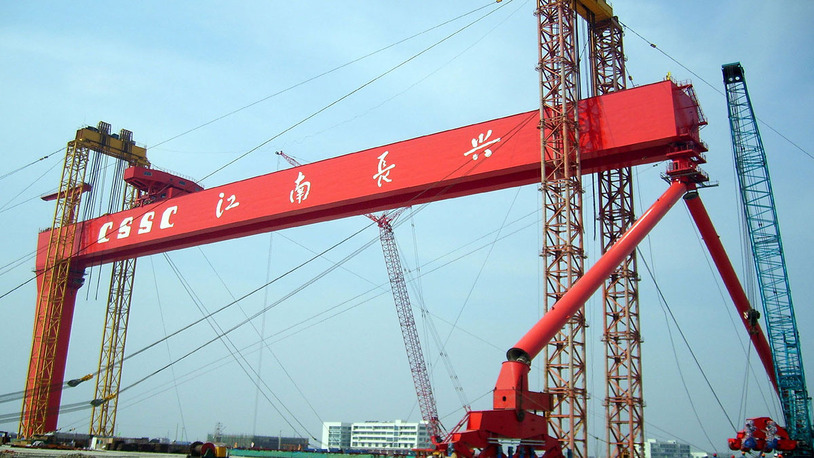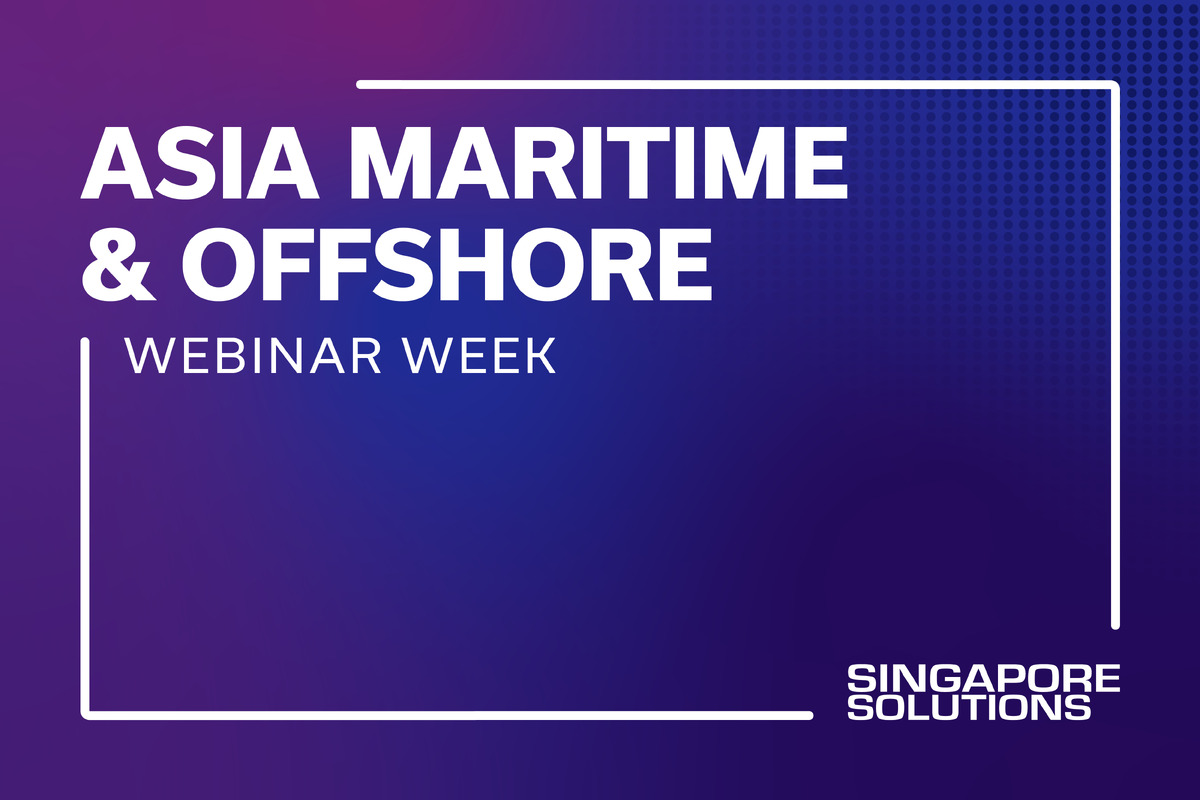Business Sectors
Contents
Standardised solution allows for customised care
Some tanker operators are differentiating themselves through their fleet management software
Some tanker operators are differentiating themselves through their fleet management software
Having advanced maintenance management technology can be a huge advantage during the vetting process, when oil majors look at how the maintenance of critical equipment is managed. When properly implemented, fleet management software can also increase operational efficiency and crew productivity.
Humboldt Shipmanagement, which handles services for a fleet of vessels including oil, gas and chemical tankers, has been using fleet management software developed by ABS Nautical Systems since 2002.
“We are currently using the maintenance and repair module from ABS Nautical Systems’ NS5 software suite on more than half of our fleet, including our chemical tankers,” says Francisco Lopez, head of the logistics department with Humboldt Shipmanagement Ltda. “It has been the backbone for the maintenance of critical equipment on our vessels and we are now making it a standard tool on all our newbuildings.”
Humboldt started using the maintenance and repair module back when it was part of SafeNet, ABS Nautical Systems’ first suite of fleet management modules, and migrated to the NS5 version when it was released over five years ago.
Taking advantage of the maintenance and repair module’s flexibility and built-in configurations for customisation, Humboldt created a tailored maintenance plan designed to meet its specific organisational requirements. The module is installed on board Humboldt’s chemical tankers, gas carriers, oil tankers and in the onshore management office, which oversees the maintenance work on all vessels. Synchronised between ship and shore, the systems automatically update to provide both management and vessel crews with real-time data.
“By tracking the availability and reliability of all vessel equipment and systems, we can plan for ongoing maintenance work and allocate resources better to ensure that our tankers deliver cargo safely and on time,” adds Mr Lopez.
The maintenance and repair module has also helped Humboldt operate more efficiently and economically. To increase crew productivity, the management office circulates a monthly status update on every tanker’s overdue and incomplete repairs to all superintendents and managers, so that they can view overdue schedules and how they compare to the other vessels in the fleet.
Additionally, Humboldt uses the budgeting and cost analysis tools within the maintenance and repair module to help maximise budget and allocate funds effectively. By tracking costs at the equipment, system, ship and fleet levels, Humboldt analyses previous spending patterns and forecasts future maintenance expenses more accurately. Fleet managers then prepare for upcoming maintenance work and drydocking by developing cost projections for the materials and labour needed to complete the work. Humboldt can also monitor and analyse fleet-wide maintenance history to detect systemic problems and identify critical areas where preventative measures may be taken to reduce future maintenance costs.
Prior to using the maintenance and repair module, Humboldt did not use a standard maintenance management programme. Some vessels kept track by hand; others with simple spreadsheets; and a few tankers used very basic in-house software.
Variations across the fleet made implementing SafeNet a more time-consuming process since training the crew to use the module had to be done on a case-by-case basis.
In the initial stages, there was a natural resistance to the new system but onboard staff became familiar with the tool and found it very useful. When Humboldt later migrated to NS5, the crew had an easier time learning to work with the modules because of NS5’s user-friendly interface based on the Windows standard.
The ABS Nautical Systems maintenance and repair module manages conditions of vessel maintenance, and includes tools to develop a maintenance program, document repair history, review completed work orders, create service requisitions, and monitor progress of class surveys and certificates by linking to ABS’s survey manager program.
Furthermore, the module allows operators and owners to easily identify ship maintenance trends and plan efficiently for future maintenance and subsequent staffing needs.
While ABS Nautical Systems’s maintenance and repair module is widely used across the maritime industry, the hull inspection module has primarily been embraced by the offshore industry and FPSO operators. Both modules, along with a web-based drawings management tool, are now being offered free of charge to all ABS-classed vessels built after 1 January 2009. All three are also available through NS5, the ABS Nautical Systems current suite of products.
“By integrating our ship maintenance software with the classification and survey requirements of ABS, we will have the ability to streamline owners’ inspection processes and move towards developing a more standardised, class-approved maintenance program,” says president and chief operating officer of ABS Nautical Systems, Karen Hughey.
Since the launch of the program in the second half of 2009, ABS Nautical Systems has signed 30 new contracts. TST
Related to this Story
Events
Reefer container market outlook: Trade disruption, demand shifts & the role of technology
Asia Maritime & Offshore Webinar Week 2025
Marine Lubricants Webinar Week 2025
CO2 Shipping & Terminals Conference 2025
© 2024 Riviera Maritime Media Ltd.













